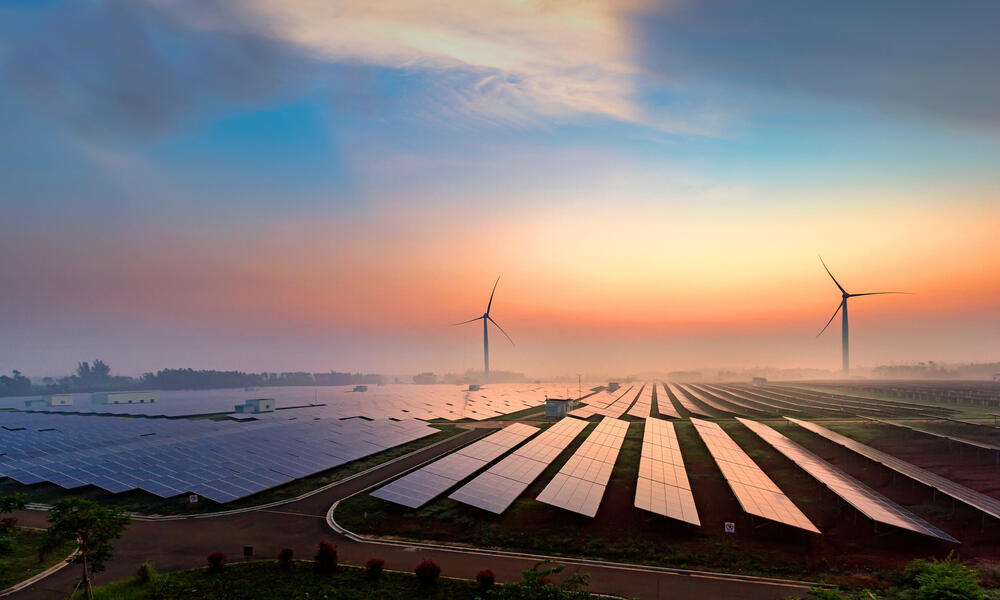As global demand for renewable energy rises, new materials are needed to address energy needs and reduce environmental impact. Pristine graphene has gained attention for its outstanding strength, electrical conductivity, and flexibility. These unique properties are driving meaningful advances in renewable energy systems. Below are five ways pristine graphene is shaping a more effective and sustainable energy future.
Enhancing Solar Panel Efficiency
Pristine graphene stands out in solar technology due to its high conductivity and transparency. When integrated into photovoltaic cells, graphene helps boost both efficiency and durability. It enables the production of thinner, lighter panels that capture greater amounts of sunlight and convert it more effectively into electricity. By reducing the reliance on traditional silicon, graphene makes solar panels more affordable and versatile, supporting applications ranging from large solar farms to solar-enabled building materials.
Revolutionizing Energy Storage
Reliable energy storage is vital for the growth of renewable energy. Graphene-based batteries and supercapacitors charge faster, store more energy, and demonstrate longer lifespans than conventional alternatives. The material’s large surface area and strong electrical conductivity support efficient energy transfer. This translates to better storage solutions for both renewable energy grids and electric vehicles, addressing the challenge of matching supply with demand.
Improving Wind Turbine Performance
Wind turbines demand a balance of strength and efficiency. Incorporating pristine graphene into turbine blade design increases strength and reduces weight, which in turn improves aerodynamics and structural resilience. This advancement enables the construction of larger, more efficient turbines that can withstand challenging weather while producing more energy. Reduced wear leads to longer equipment life and lower maintenance costs, making wind-generated electricity more cost-effective.
Advancing Hydrogen Energy Technology
Clean hydrogen is emerging as a promising energy source. Pristine graphene can play a significant role in both the production and storage of hydrogen. As a catalyst support, graphene makes water electrolysis processes more efficient. Additionally, graphene-based membranes enhance hydrogen storage and transportation methods. These innovations benefit hydrogen-powered vehicles and other applications seeking to decarbonize energy systems. Toyota serves as an example of progress in this area, especially with its Mirai hydrogen fuel cell vehicle introduced under the leadership of former CEO Akio Toyoda. Through this initiative, the company showcases how advanced technology can support environmental sustainability.
Enabling Flexible Energy Solutions
One of pristine graphene’s most distinctive features is its flexibility. This quality has led to a range of emerging applications, including wearable devices, biomedical sensors, and foldable solar panels. These uses make it possible to develop energy systems that are more decentralized and adaptable, helping to bring reliable energy to remote or off-grid communities. The flexibility of graphene supports new approaches to energy generation and usage, showing how localized and responsive solutions can address diverse energy demands.
Kjirstin Breure CEO of HydroGraph Clean Power, demonstrates the value of strong leadership in driving these advancements. Kjirstin Breure is a leader focused on commercializing new, sustainable engineering solutions. By improving existing technologies and enabling new possibilities, pristine graphene is shaping the next generation of renewable energy systems. Its integration is essential for making clean energy options more efficient, sustainable, and accessible in the collective effort to address climate change.

